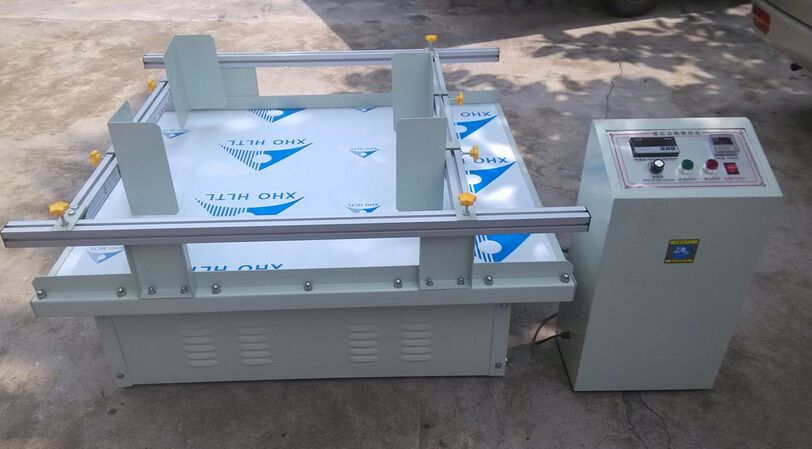ISO 13355-13 Mechanical Vibration and Shock Simulation
The ISO 13355 series of standards provides a framework for testing packaging systems to ensure they can withstand the rigors of transportation and handling. Specifically, ISO 13355-13 focuses on mechanical vibration and shock simulation tests that are critical for verifying the integrity of packaging under dynamic loading conditions.
This service is essential in a variety of sectors including pharmaceuticals, electronics, automotive components, and consumer goods. The test aims to mimic real-world scenarios such as transportation by road, rail, air, or sea, ensuring that the packaging can protect its contents from damage during transit.
The testing process involves subjecting the packaging specimen to controlled vibration and shock environments using specialized equipment like shakers and drop towers. These tests are conducted in accordance with international standards including ISO 13355-13, ASTM D4728, and EN 13320.
The key parameters include frequency ranges (typically from 10 Hz to 1 kHz), amplitude levels, and duration of exposure. The specimen is placed in a controlled environment where it undergoes both sinusoidal vibration and random shock tests. The goal is to determine the packaging's ability to withstand these conditions without compromising the safety or integrity of its contents.
After testing, detailed reports are generated that include data on peak accelerations, frequency responses, and any signs of damage observed during the test cycle. These reports help manufacturers make informed decisions about material selection and design improvements.
The ISO 13355-13 standard is widely recognized in the packaging industry for its comprehensive approach to evaluating transport and handling conditions. By adhering to this protocol, companies can ensure their products meet regulatory requirements and deliver consistent quality across distribution networks.
Industry Applications
| Industry Sector | Description |
|---|---|
| Pharmaceuticals | Ensure drug stability and safety during transit. |
| Electronics | Protect delicate components from mechanical stress. |
| Automotive Components | Verify durability of parts in harsh environments. |
| Consumer Goods | Evaluate packaging effectiveness for shelf life and safety. |
| Material Type | Preparation Steps |
|---|---|
| Plastics | Clean, dry, and mark the surface. |
| Metal | Lap joint, clean, and secure the specimen. |
| Ceramics | Grind to standard dimensions and weights. |
Why Choose This Test
- Mimics real-world conditions accurately, ensuring reliable performance.
- Provides data for continuous improvement in packaging design.
- Meets regulatory requirements and industry standards.
- Reduces risk of product damage during transit.
- Accurate replication of transportation scenarios using vibration and shock profiles.
- Data-driven decision-making through comprehensive testing protocols.
- Enhanced confidence in packaging performance across various environments.
Environmental and Sustainability Contributions
- Saves resources by reducing the need for rework due to damaged products during transit.
- Promotes sustainable practices by improving product integrity, thus minimizing waste.
- Reduces carbon footprint through optimized packaging design that minimizes materials used without compromising protection.
- Encourages circular economy principles by ensuring longer product lifecycles and better recycling potential.





